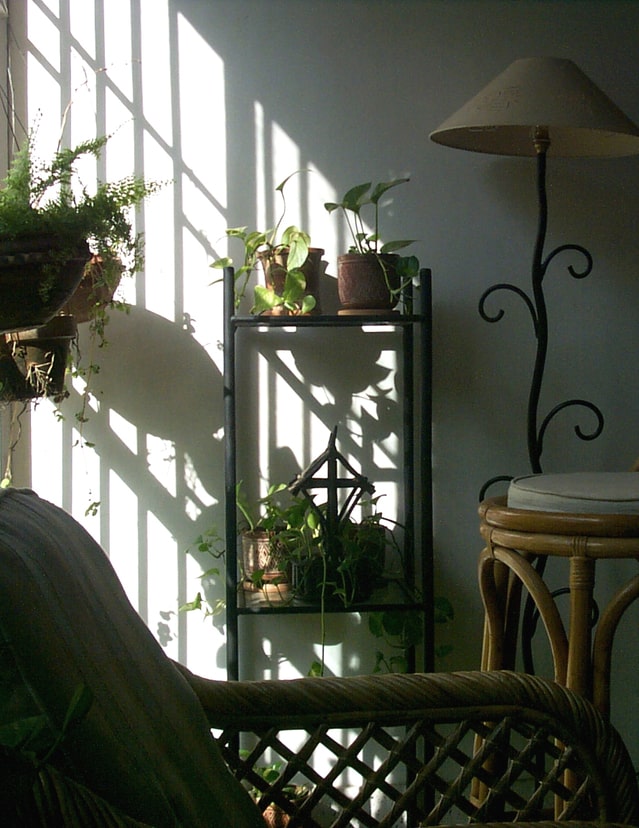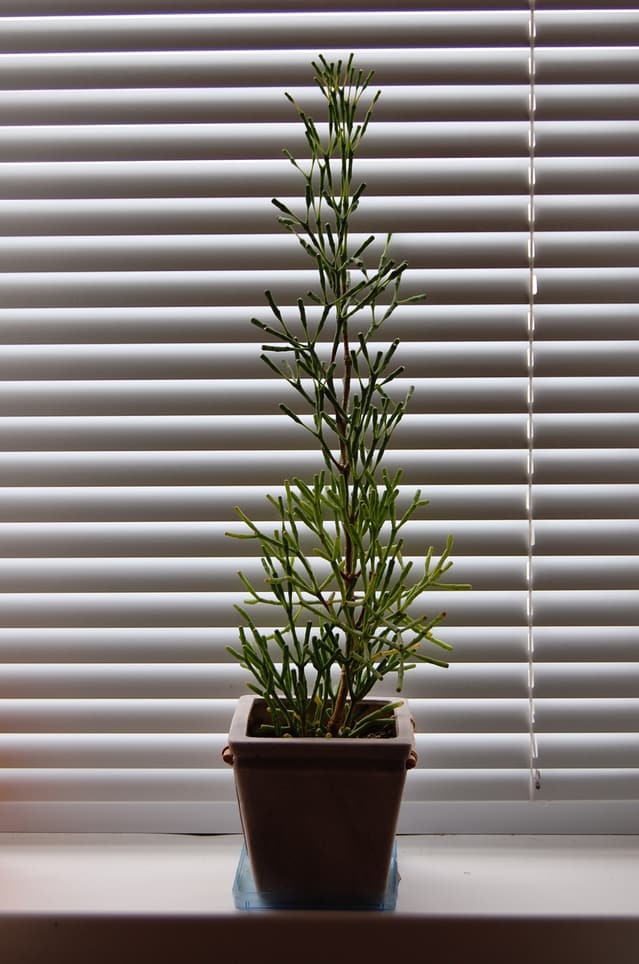Like many indoor gardeners, you may have tried to no avail to grow houseplants in less than ideal lighting conditions. When you bring the plants home, they look good for a time. After a while, though, they begin to lose leaves and look sickly. They may even succumb to pests and diseases, because of the lack of light. And if they’re really deprived of sufficient light, they’ll die.
If indoor gardeners only knew that proper lighting is the secret to healthy, robust plants, nurseries and garden centers might go out of business. Unlike humans, who require sustenance from food, plants make their own food. Light initiates and energizes the process of photosynthesis, which is the procedure by which plants make carbohydrates for energy. Lacking light, plants aren’t able to photosynthesize. Instead, they use existing stored food for growth. Eventually, if the light is insufficient, they will use up all of the stored energy and essentially starve to death.
Some plants die when lighting is poor, while others live a sickly existence consisting of very little growth and no flowering. They are also likely to become infested with pests and diseases.
 (FreeImages.com/Kay Pat)
(FreeImages.com/Kay Pat)Window Lighting
A big factor in whether your houseplants will have sufficient light in a window is the orientation of the window. Consider the following:
Southern windows are often ideal for growing most houseplants, because they get bright light throughout the day. These windows are good for plants that light high light.
Eastern windows are another good growing choice, as they let in sun for a period of time in the morning. These locations are suitable for plants that like medium light. The morning sun rarely burns foliage.
Western windows receive bright light all day and harsh light in the afternoon. Many houseplants have foliage that is too tender for such windows. If you wish to grow near a western window, place most plants at least a couple of feet away or cover the window with blinds that let in some light.
Northern windows get the least amount of sunlight. They are a good location for plants that require low to medium light.
 (FreeImages.com/Rybson)
(FreeImages.com/Rybson)Artificial Lighting
If you don’t have much natural light in your home, you can replicate sunlight with full-spectrum lighting. Such lighting comes in single, screw-in bulbs and tube forms and can be used in any lighting fixture. Simply install the lights, and your plants will thank you for all of the photosynthesis soon to follow.
Low-Light Plants
If you don’t want to bother with worrying about giving your houseplants bright light indoors, try growing low-light plants. Some of the top ones include African violet (they bud up in northern windows), arrowhead plant, cast-iron plant, Chinese evergreen, various dracaenas, peace lily, pothos, philodendron and sansevieria.
Julie Bawden-Davis is a garden writer and master gardener, who since 1985 has written for publications such as Organic Gardening, The American Gardener, Wildflower, Better Homes and Gardens and The Los Angeles Times. She is the author of seven books, including Reader’s Digest Flower Gardening, Fairy Gardening, The Strawberry Story Series, and Indoor Gardening the Organic Way, and is the founder of HealthyHouseplants.com.

